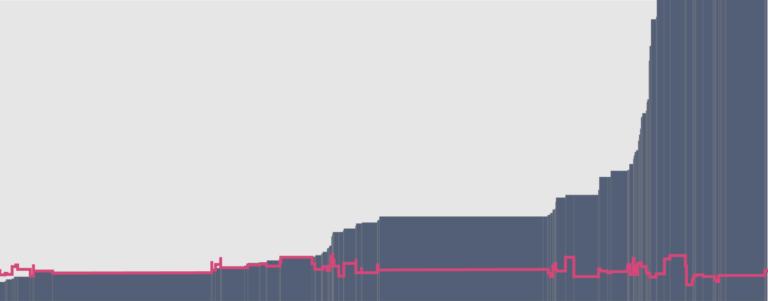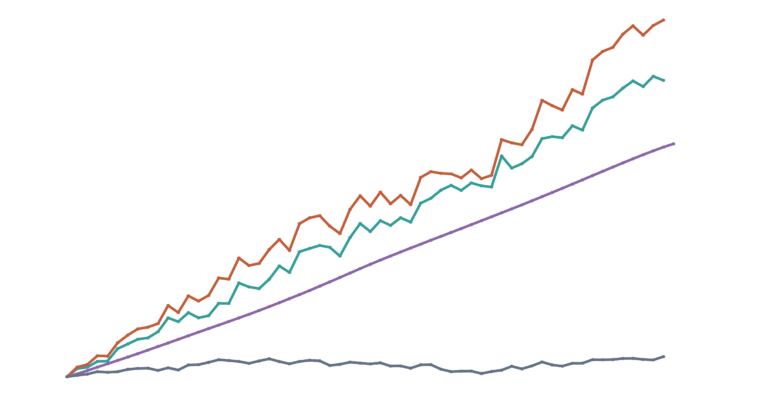Having enough to eat is one of the fundamental basic human needs. Hunger – or, more formally, undernourishment – is defined as eating less than the energy required to maintain an active and healthy life.
The share of undernourished people is the leading indicator for food security and nutrition used by the Food and Agriculture Organization of the United Nations.
The fight against hunger focuses on a sufficient energy intake – enough calories per person per day. But it is not the only factor that matters for a healthy diet. Sufficient protein, fats, and micronutrients are also essential, and we cover this in our topic page on micronutrient deficiencies.
Undernourishment in mothers and children is a leading risk factor for death and other poor health outcomes.
The UN has set a global target as part of the Sustainable Development Goals to “end hunger by 2030“. While the world has progressed in past decades, we are far from reaching this target.
On this page, you can find our data, visualizations, and writing on hunger and undernourishment. It looks at how many people are undernourished, where they are, and other metrics used to track food security.








